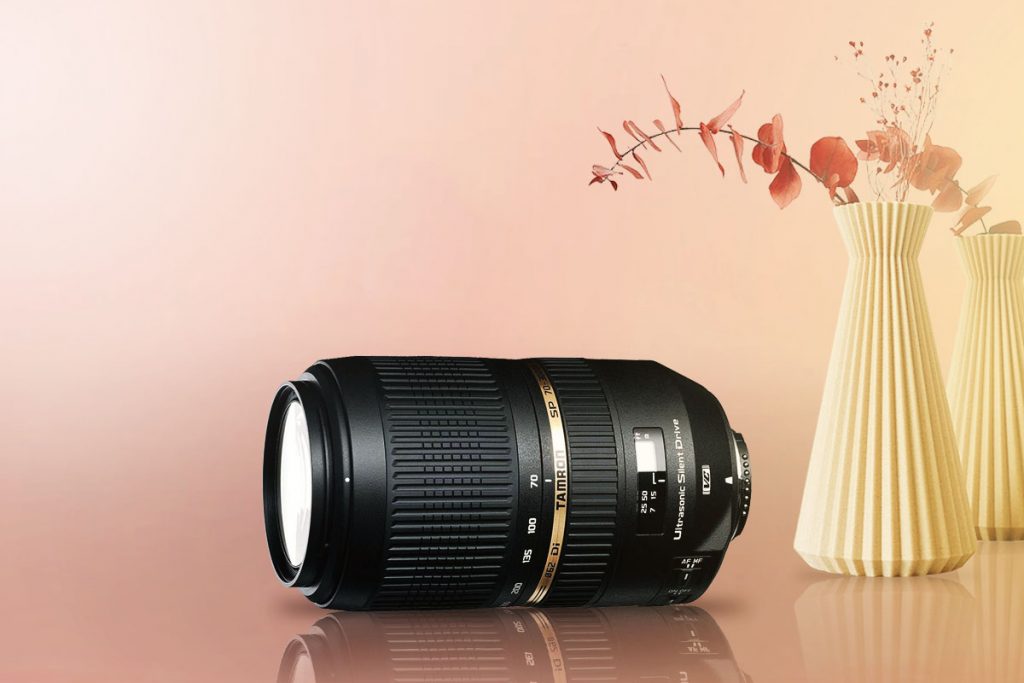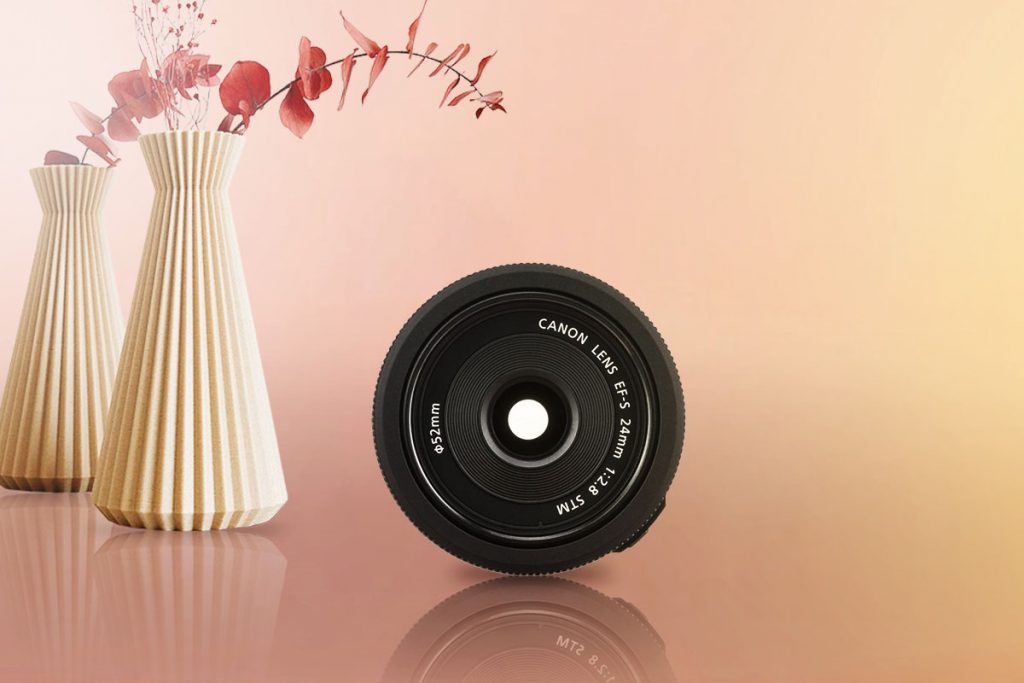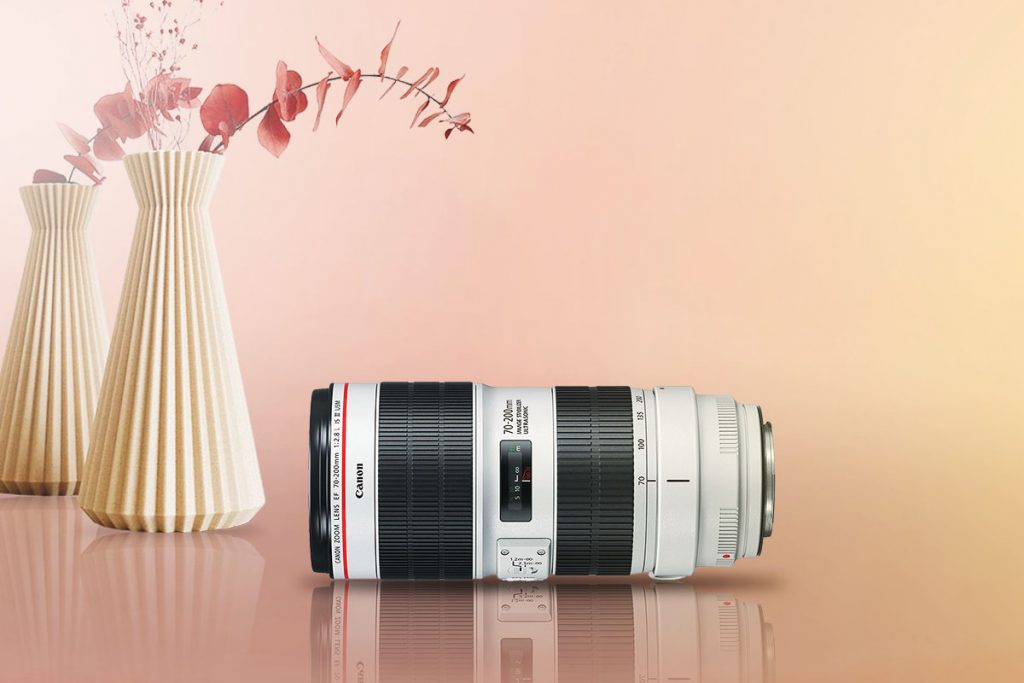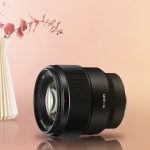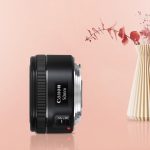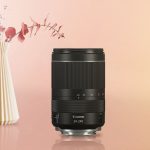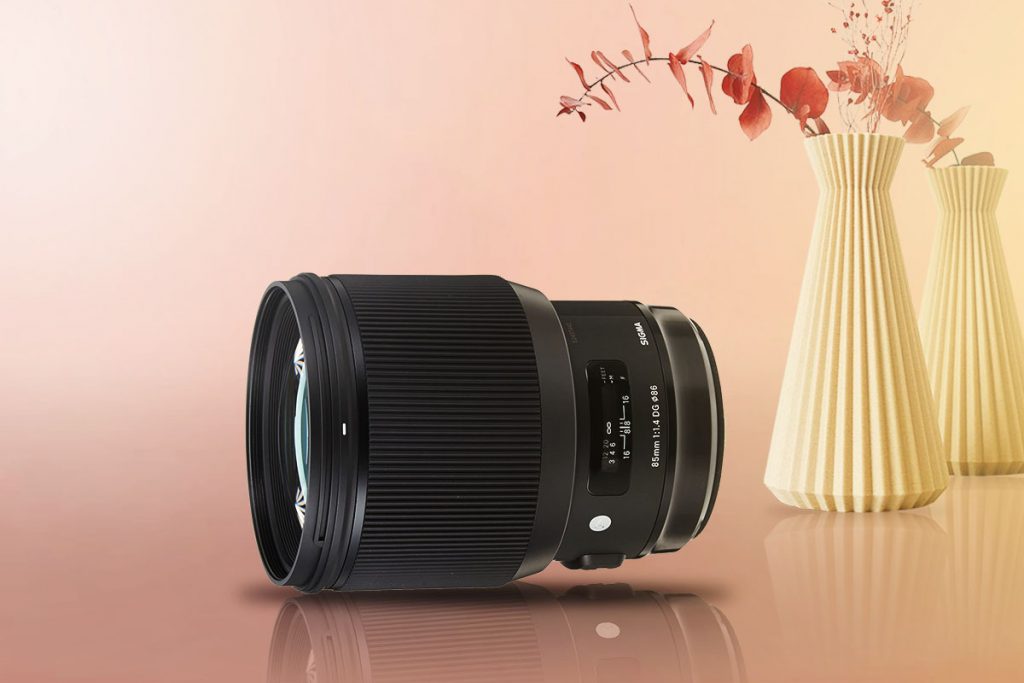
Canon 80D is an impressive DSLR camera from the fantastic Canon company! It owns a 24.2 MP APS-C CMOS sensor and the DIGIC 6 image processor.
If you already own the camera and are searching for the best portrait lens for Canon 80D, welcome to CameraGurus, the best place to find it!
In this article will be listed five top picks regarding the best portrait lenses for Canon 80D.
A Quick Look At My Favorite Portrait Lenses For Canon 80D
| Image | Product | Features | Price |
|---|---|---|---|
Best Travel-Friendly  | 10 | Check Price On Amazon | |
Best for Indoor Portraits  | 9 | Check Price On Amazon | |
Most Versatile  | 8.6 | Check Price On Amazon | |
Best Wide-Angle  | 8.5 | Check Price On Amazon | |
Best Telephoto  | 8.6 | Check Price On Amazon |
Key Takeaways
- You need a fantastic portrait lens if you want your Canon 80D to take the most incredible portrait photos.
- Because of its excellent wide angle, I would choose the Canon EF-S 24mm f/2.8 STM Lens if I had the choice of a wonderful portrait lens.
- The ideal option for people looking for a flexible portrait lens is the Canon EF-S 18-135mm f/3.5-5.6 IS USM.
- In addition to having a fantastic focal length, your lenses should also feature image stabilization.
Without losing too much time, let’s take a closer look at the lenses that I chose!
Top 5 Best Portrait Lenses For Canon 80D
5. Tamron SP 70-300mm F/4-5.6 Di VC USD – Best Travel-Friendly
What I Like
- Well Build Quality
- Great in Portrait Photography
- Smooth Autofocus
What I Don’t Like
- Not Quite Resistant
- No Bokeh Effect
Tamron lenses are known all over the world for their ability to bring very sharp images, in any type of photography. Since this article is more dedicated to portrait photography, sharpness is one of the most important things that are needed.
As for the full body, this lens measures 5.62 x 3.21 x 3.21 inches and weighs about 27.04 ounces (766 grams). It comes fully covered in black color, and it is known as a durable lens, but still, it lacks the resistance feature. It is better if you are careful when in use in dusty environments or places that include moisture in general. The filter that is attached to the front part of this lens measures 62mm.
The optical design of this lens features 17 glass elements that are divided into 12 groups. Also in the lens is included one LD element and one XLD element. Its aperture is quite normal when it comes to portrait photography and the maximum aperture works at f/4.0 while the minimum one goes at f/5.6.
As some of you may already know, this aperture is quite good when it comes to portraiture, but still, there’s a lack, because it doesn’t bring a bokeh effect to the picture.
The focal length is the part where this lens can really shine. It has a minimum focal length of 0mm while its maximum goes up to 300mm.
Moving on to the focus, just as you can notice in the name of this lens USD. It is the Ultrasonic Silent Drive, which is a technology that combines two ultrasonic vibrations. The two ultrasonic vibrations in this lens drive the focus. It is accurate and smooth enough to capture portrait photographs. Overall, it’s a great lens for headshots.
Why should you buy it?
This lens is the best if you are a travel person and you need a great lens to take with you so that you won’t go wrong with this lens.
Tamron SP 70-300mm F/4-5.6 Di VC USD Sample Photos
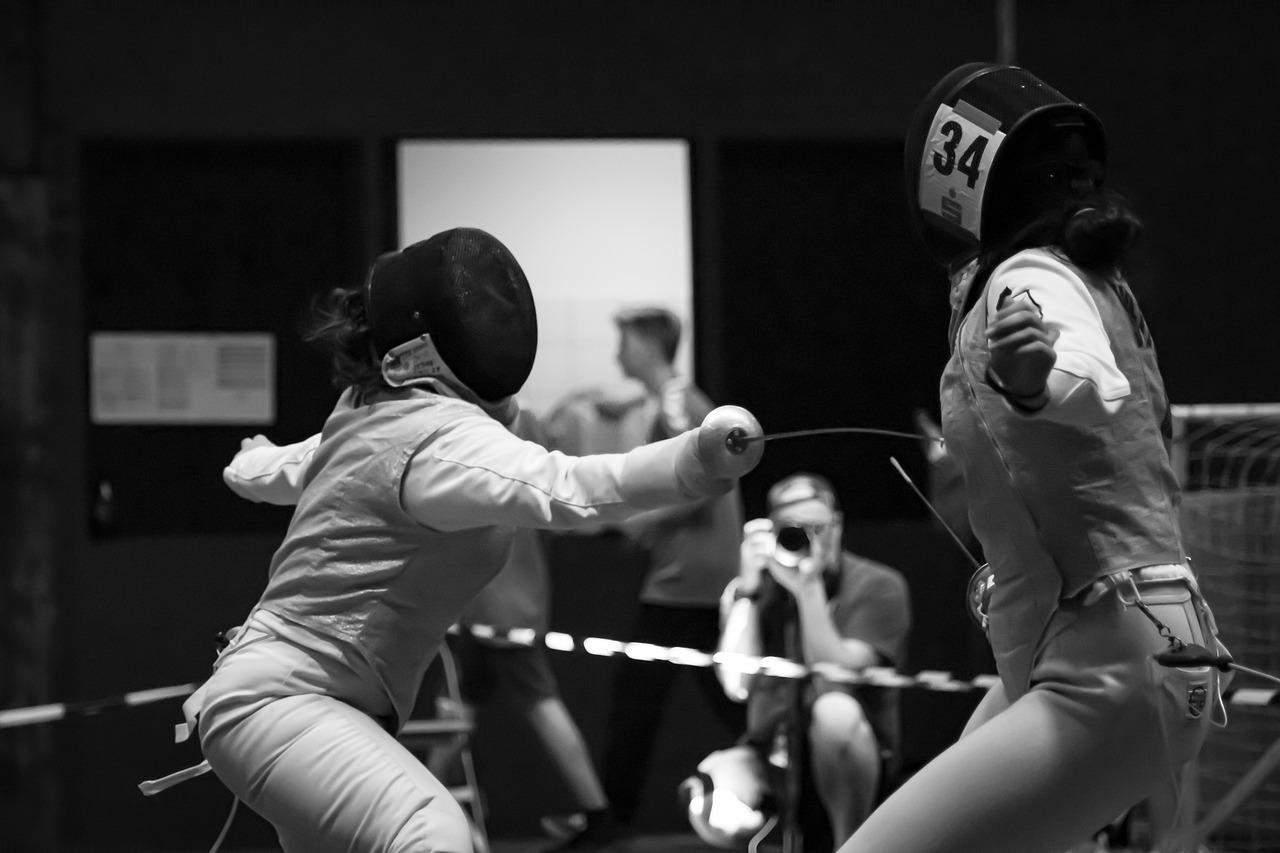
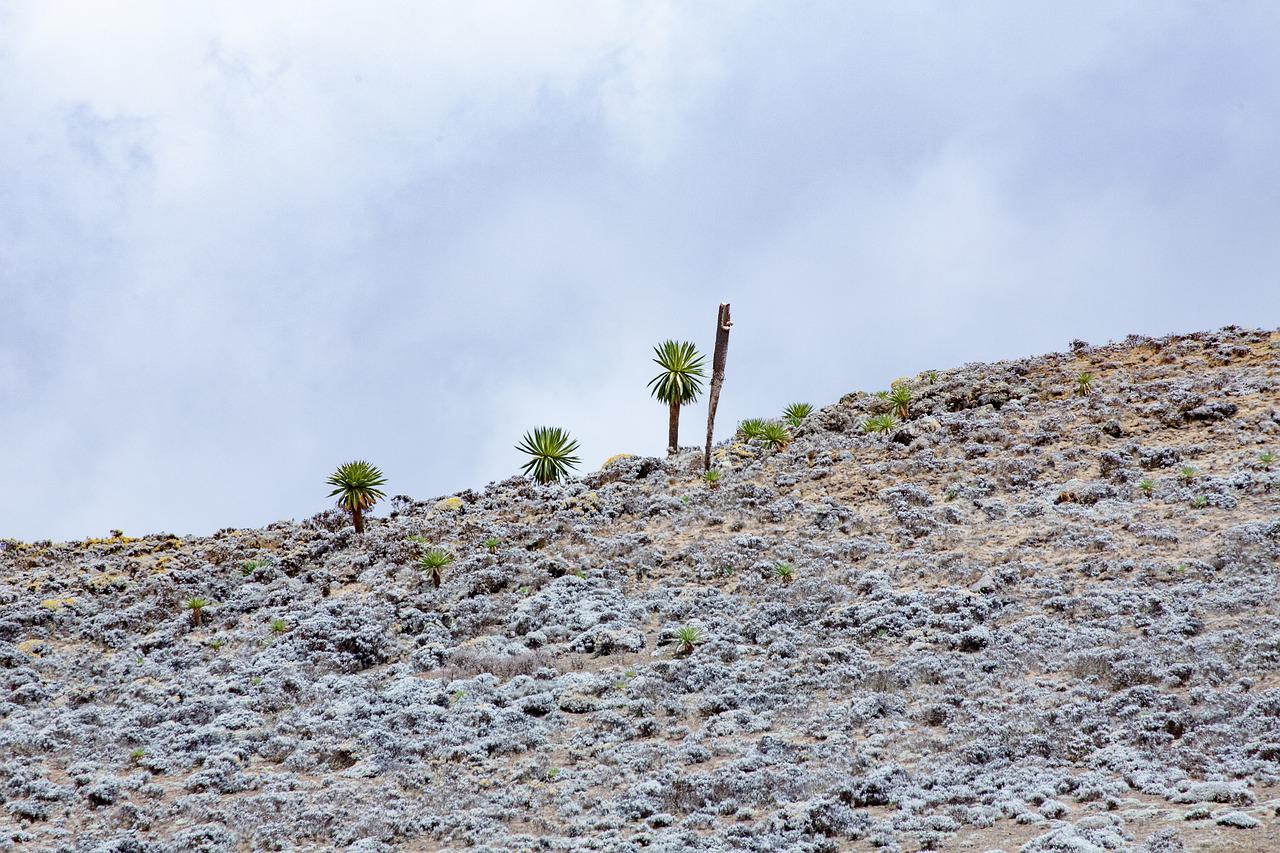

4. Sigma 85mm f/1.4 DG HSM Art – Best for Indoor Portraits
What I Like
- Durable Great Bokeh Effect
- Great for Studio Usage
What I Don’t Like
- Expensive
- Heavy
Everybody all around the world knows that Sigma is a very popular name when it comes to lenses. Sigma always brings different lenses to the table and in this case, the Sigma 85mm f/1.4 DG HSM Art stands as one of the best lenses for portraits!
Design-wise, the lens comes fully covered in a black matte finish, and it has a weight of 39.84 ounces (1 kg). The dimensions on the other hand measure 3.4 x 3.4 x 3.4 inches. The material that it is made of include TSC, and it is a very strong and durable material that includes some pieces of metal within. The filter that this one owns is a 86mm one. As you can notice, it is a durable one, based on the material that it is made of, but still, it is not resistant.
This Sigma lens contains 14 lens elements that are divided into 12 groups, and it also owns two low dispersion elements and one aspherical element. The aperture is a 9-blade rounded one that delivers to you an amazing bokeh effect which while taking portrait pictures it works better than you can think of!
The aperture works at a range of f/16 and most importantly it also works on f/1.4 which is perfect for portraits.
The focal length on this lens is fully fixed; meaning that it doesn’t allow you to zoom in or out, but you might be good enough to use this lens for example in studios. The fixed focal length works at 85mm. When it comes to the focus, it is driven by a Hyper Sonic AF Motor, which is super fast ad it can quickly track the subject. It’s definitely my favorite lens for the bokeh effect.
Why should you buy it?
If you are a fan of indoor portraits and enjoy taking pictures of people indoors, this lens best suits your requirements.
Sigma 85mm f/1.4 DG HSM Art Sample Photos
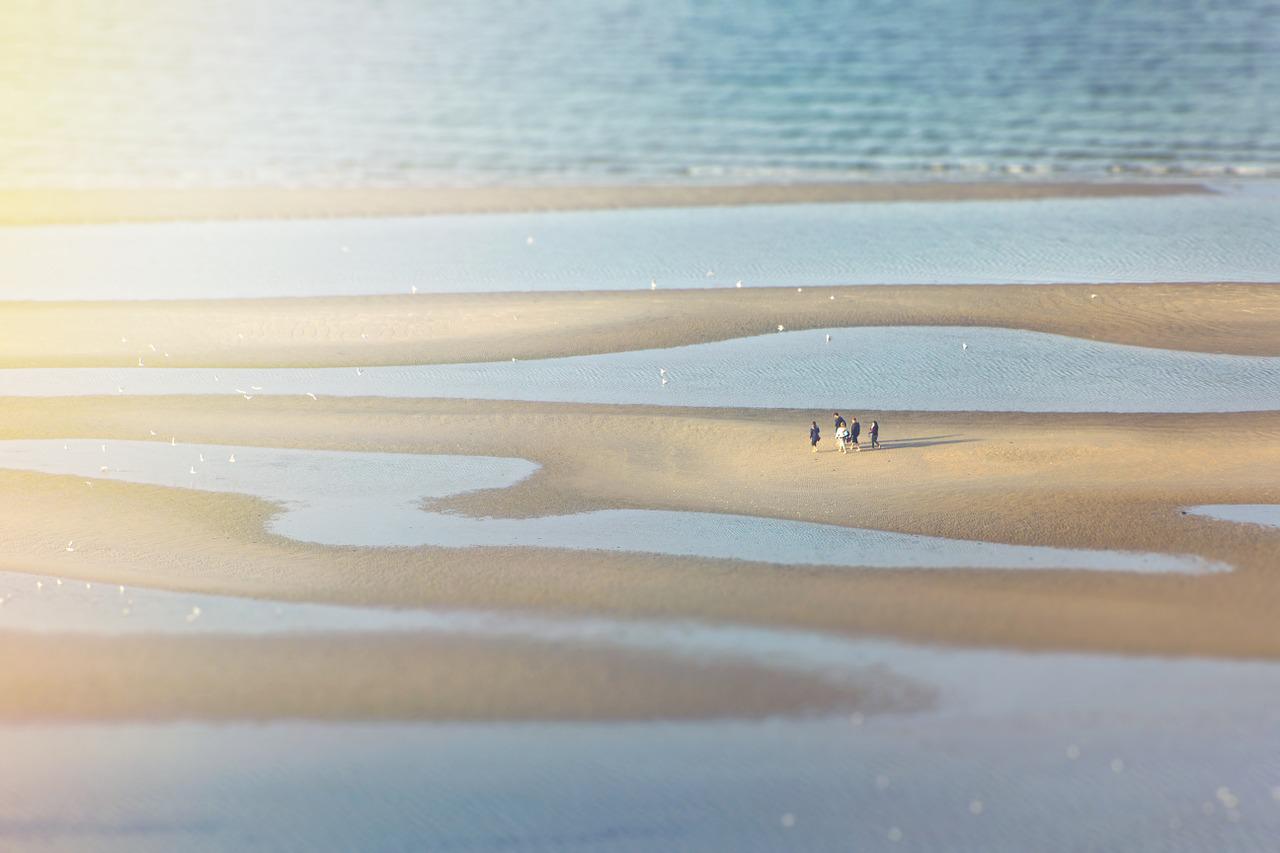
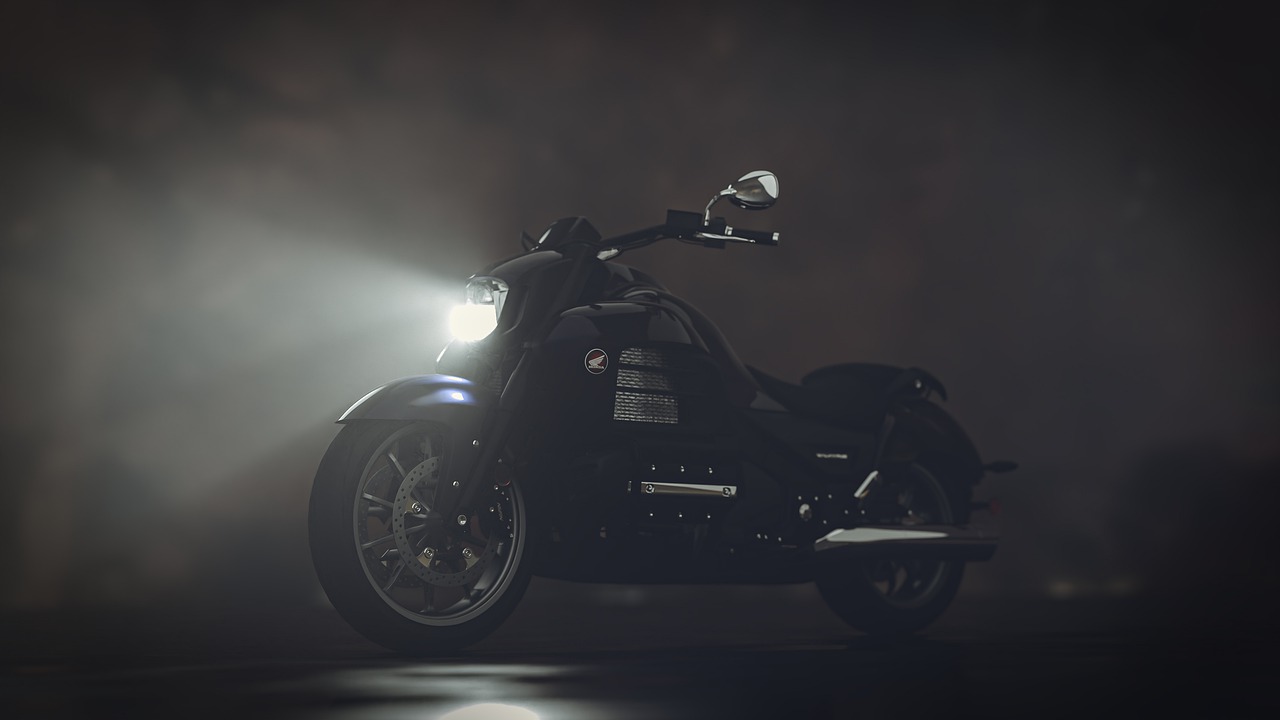
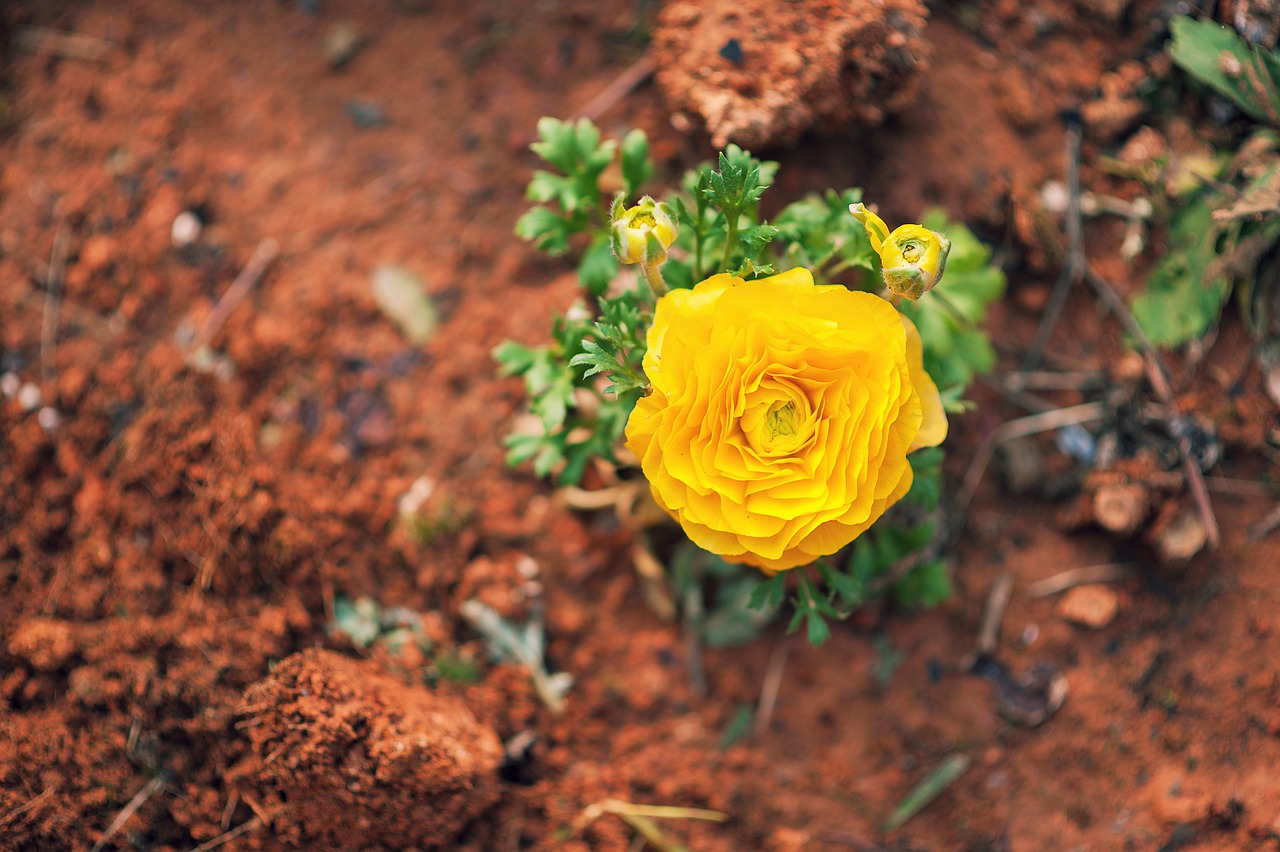
3. Canon EF-S 18-135mm f/3.5-5.6 IS USM – Most Versatile
What I Like
- Affordable
- Lightweight and Portable
- Great Aperture Range
- Fast Focus
- Accurate Image Stabilization
What I Don’t Like
- Not Resistant
Moving on to the third lens that I chose, is the Canon EF-S 18-135mm f/3.5-5.6 USM. It is as seen one of Canon’s lenses as well, and it does a perfect job when used with different Canon cameras, especially with the Canon 80D.
Coming in black color, this lens measures 4.8 x 4.8 x 7.1 inches and weighs 24 ounces (680 grams). As you can see, it is lightweight, meaning that it can easily be considered a portable lens that can be a great travel companion whenever and wherever you go. It has a solid build in general even though it mostly includes plastic as a material that it is made of.
This Canon lens is packed with one UD element and one aspherical element. The aperture is a rounded 7-blade circular one, and it can create a magnificent bokeh effect while you are taking a portrait picture. Therefore, the aperture range on this lens works from f/38 and moves on to f/3.5. Even though we are used to seeing the f/3.5 on landscape photography, you don’t have to worry at all because in portraits it works better than there.
The focal length is also adjustable on this one, which allows you to choose between 18mm and 135mm, which makes it a good lens for family photos.
When in need to focus, you don’t worry about this either because the focus that this lens owns is driven by an immersive speed, and it makes the focus very fast and accurate, especially while you are taking portrait photography. Also, this lens has built-in image stabilization and it is an optical one.
Why should you buy it?
It can create a magnificent bokeh effect while you are taking a portrait picture.
Canon EF-S 18-135mm f/3.5-5.6 IS USM Sample Photos


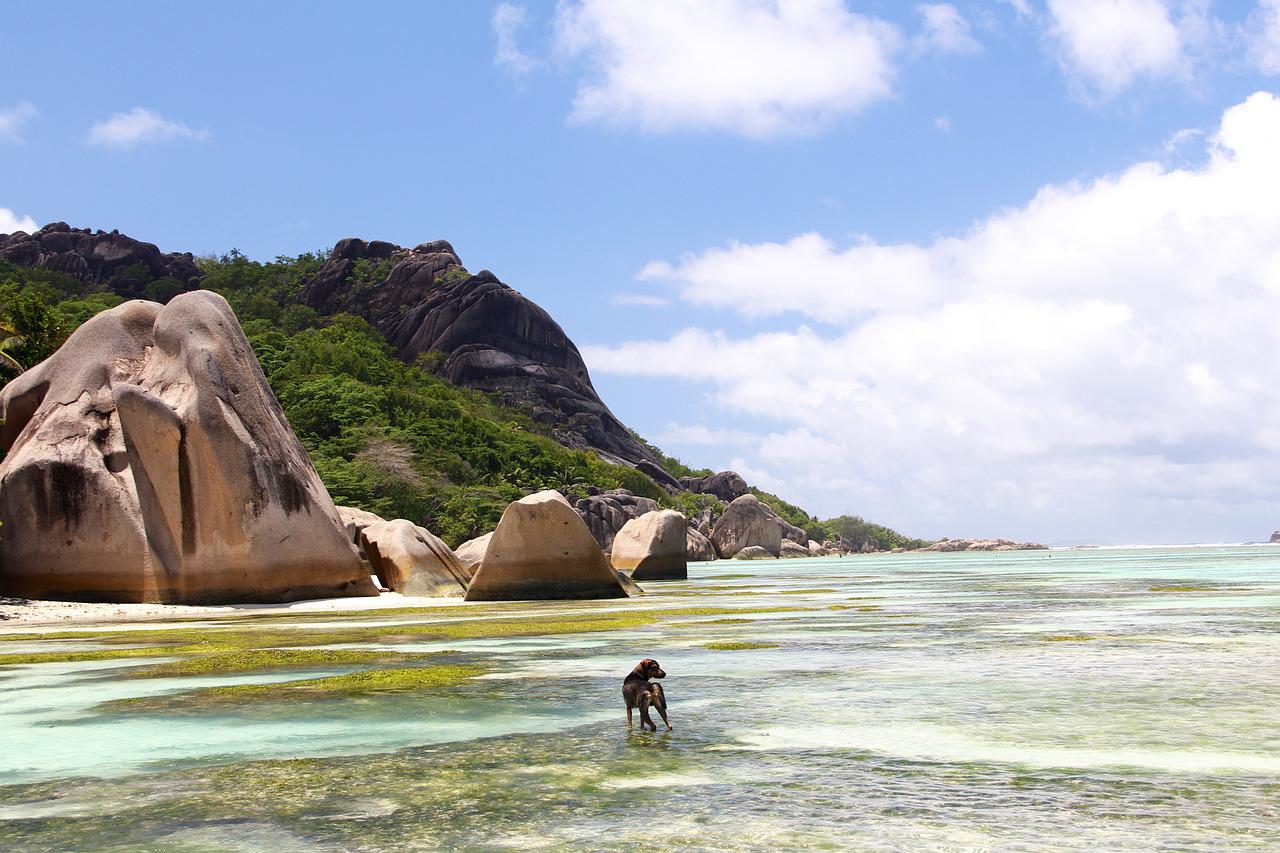
2. Canon EF-S 24mm f/2.8 STM Lens – Best Wide-Angle
What I Like
- Cheap
- Small, Lightweight, Fully Portable
- Perfect Aperture Range
- Surprising Focus Accuracy
What I Don’t Like
- No Stabilization
Next on, appears a quite interesting lens that differs from the other ones mentioned in many ways.
It is also a Canon product that works perfectly when combined with your Canon 80D camera.
The Canon EF-S 24mm f/2.8 STM measures 0.91 x 2.68 x 2.68 inches and weighs 4.41 ounces (125 grams) It is definitely the smallest lens that you can ever find. Based on these two factors, the lens is a fully portable one that doesn’t even occupy a place on your bag, you can also put it in your pocket. Even though small, the lens is quite sturdy and stable, which is also considered a long-lasting one.
The lens features 6 elements in 5 groups, and it is more than normal, because of its size, and also it features one aspherical element. When it comes to the aperture, it is a 7-blade circular one that delivers very soft and beautiful backgrounds, while creating a perfect bokeh effect in general. The aperture range works from f/22 as the minimum and moves on to f/2.8 as the maximum one.
The lens is fixed as well, as you know already, it means that you cannot zoom in or out. It is fixed on only 24mm. With the help of the STM Stepping AF Motor during focusing you will notice that it is quiet autofocus and one of the best ones in this category. It is smooth, fast, and super precise as well. As you can already notice, the only thing that this lens lacks is image stabilization.
Why should you buy it?
This lens delivers very soft and beautiful backgrounds while creating a perfect bokeh effect in general.
Canon EF-S 24mm f/2.8 STM Lens Sample Photos
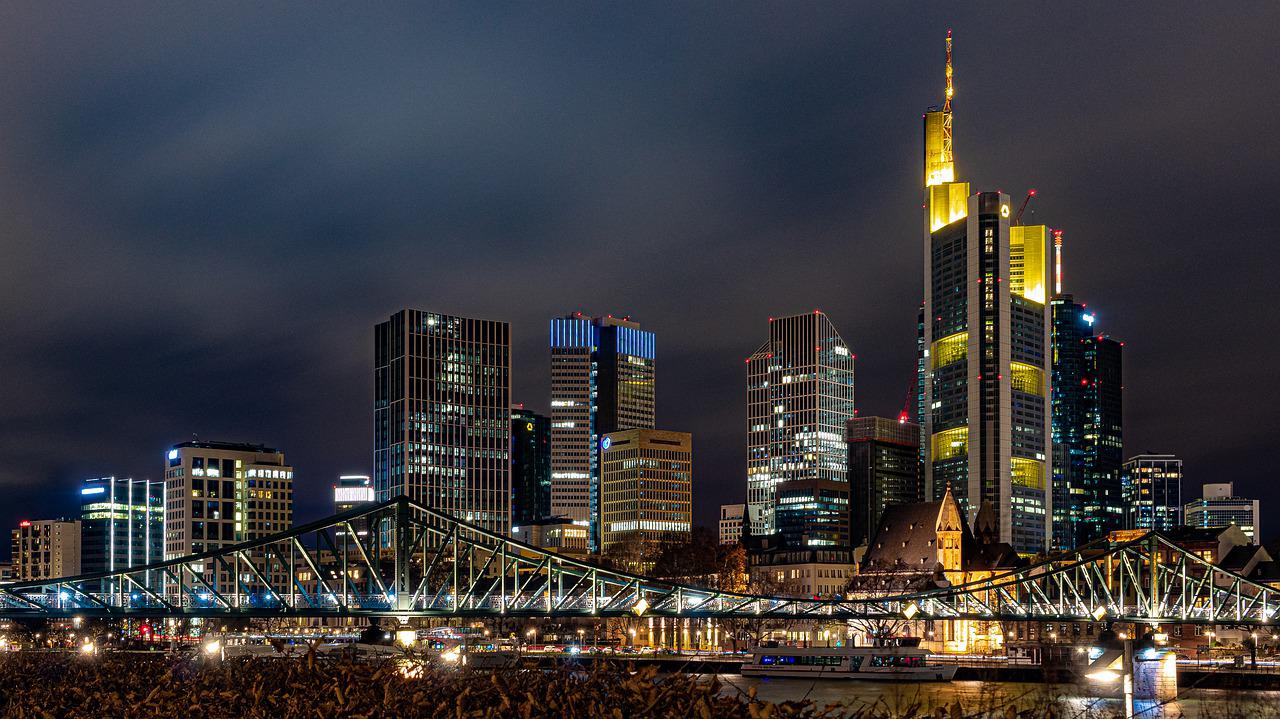


1. Canon EF 70-200mm f/2.8L IS III USM – Best Telephoto
What I Like
- Resistant + Air Sphere Coating
- Perfect Bokeh Effect
- Amazing Aperture for Portrait Photography
- Optical Image Stabilizer
What I Don’t Like
- Big and Heavy
- Super Expensive
Coming at the last product in this article, in here stands the strong Canon EF 70-200mm f/2.8L IS III USM which I would like to mention and list as the best overall. It is indeed an amazing lens, but keep in mind the fact that this lens is very expensive. However, it does bring a lot of things to your Canon 80D camera.
On just a first look, you will notice that this lens, is very different when compared to the others mentioned above. It comes in white color and it is quite big. Starting from there the lens measures 7.8 x 3.5 x 3.5 inches and weighs 50.88 (1kg) which is heavy as well.
Making up for the weight and size, the lens is very resistant, it can resist dust and moisture at any level.
It also owns an air sphere coating that is fully anti-reflective. The filter size is 77mm.
This lens owns a fluorite element and five UD elements.
The aperture is an 8-blade rounded one that helps you take portrait photography with the amazing bokeh effect that it provides. It is indeed one of the best bokeh effects that you could ever find within a lens. As for the aperture range, the lens owns a minimum aperture of f/32 and the maximum one goes at f/2.8.
This lens owns a focal length that moves between 70mm as a minimum length, and it goes up to 200mm as a maximum length. The focus is internal; meaning that the focus is shifted by moving the inner lens group, and it doesn’t require any rotation or shift. Therefore, the focus is driven and works via the Ultrasonic Motor AF System. On this lens is also added an amazing Optical image stabilization that works on up to 3.5 stops and fully corrects the shake.
Why should you buy it?
Except for the fact that this lens is somewhat expensive, it consists of all the features that you need to take great portraits.
Canon EF 70-200mm f/2.8L IS III USM Sample Photos

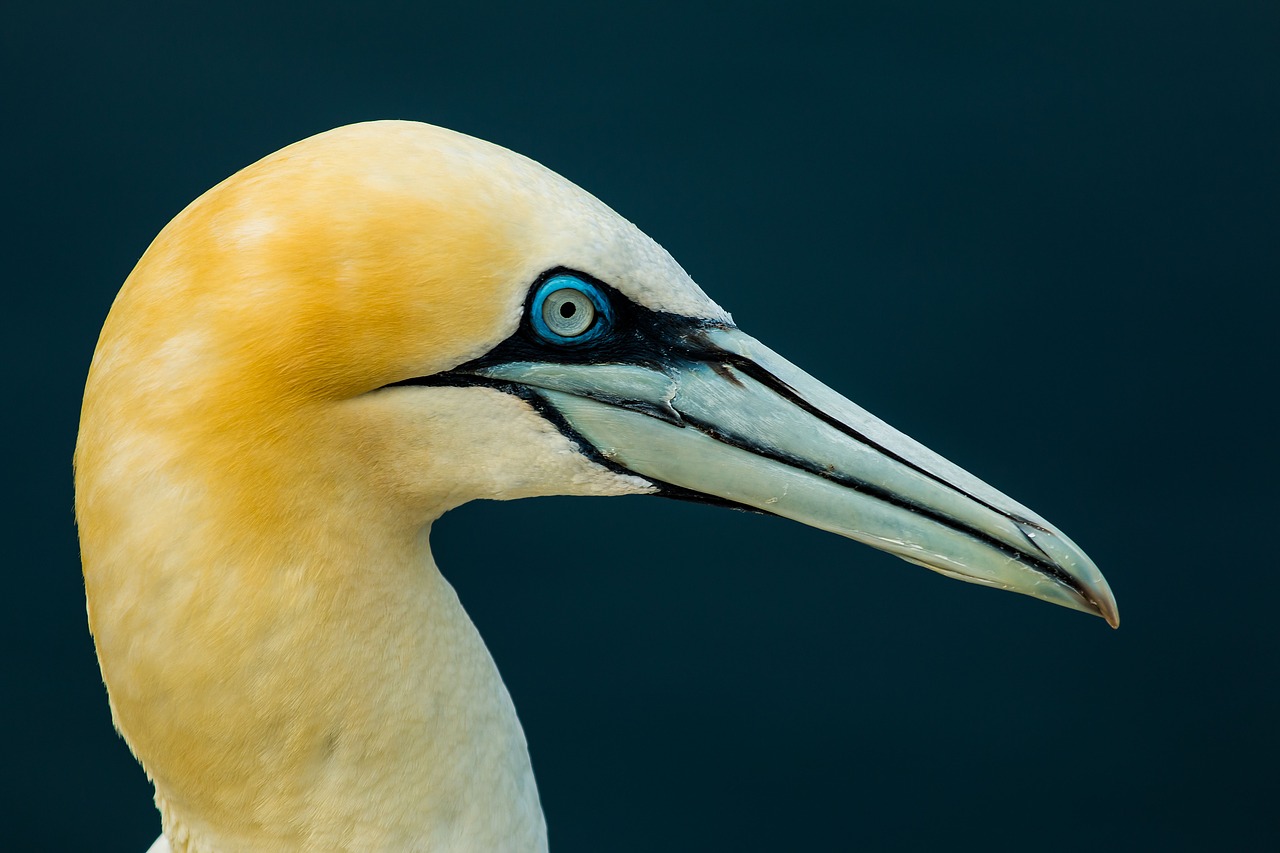
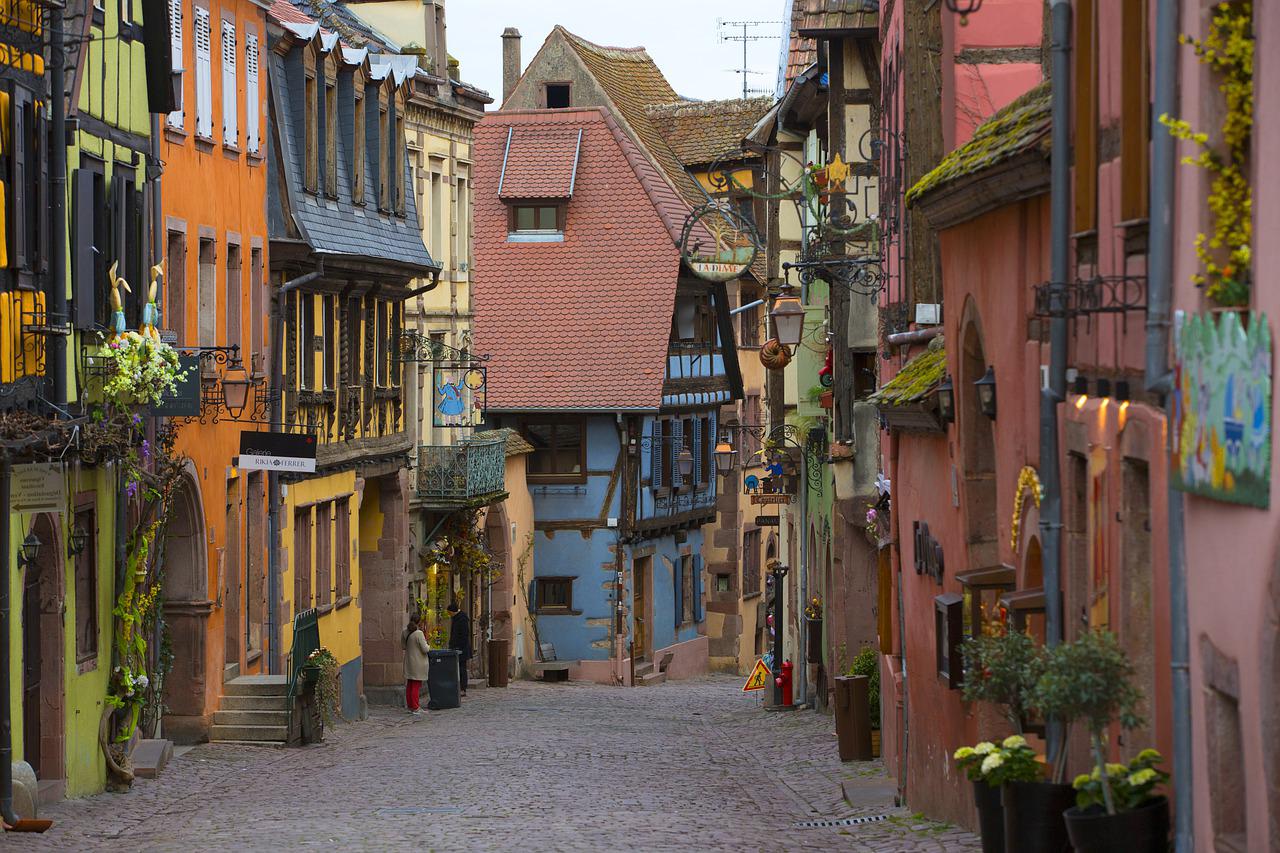
How to choose the best portrait lens for Canon 80D?

Above in the article are already mentioned some of the best portrait lens for Canon 80D. Still, you should always know that there are some things that you should look for, in order to choose the right one!
Focal Length
As you all know, the focal length is one of the main features of the lenses in general. It is the one that determines how much of a scene is captured in any photography. When it comes to portrait photography, the best focal length of a lens should be between 70mm to 200mm.
Aperture
The next most important feature of a lens, in portrait photography, is the aperture. In general, the aperture refers to the opening of the lens’ diaphragm through which the light passes. So, it goes directly to the camera. When taking portrait photographs, the aperture is quite important, and in a word, it should be wider. It is preferred to be between f/2.8 or f/4.
Bokeh Effect
The bokeh effect, in fact, is a technique, that fully blurs the background of the picture that you are taking. During portrait photography, bokeh works greatly. It can bring out the best of the subject that is focused, in this case, the portrait that you are about to take.
Depth of Field
The depth of field in portrait photography is basically the contrast between the thing or the subject that is focused and what is out of the focus. It is the way how the image is brought to you, and of course, it is a lot related to the bokeh effect, that I mentioned above.
Frequently Asked Questions
Should I use a fixed focal length lens for portraiture?
When searching for portrait lenses, you will find many lists with fixed lenses or, more exactly, lenses with fixed focal lengths. Still, you can use different lenses, and if you are a professional photographer, you know how to turn around and take portrait pictures with different types of lenses.
Is the bokeh effect a must-have feature for portrait photography?
The bokeh effect is not a must, but if a lens has it, it would be the best thing to use! While taking portrait pictures, I am sure that the person you are taking a picture of will like to focus on the whole photograph, and the bokeh effect will help you do so.
Do I need a tripod for portrait photography?
Besides the lens, photographers know how great a tripod is. Even though tripods are mostly known to help with landscapes, sports, and wildlife photographs, you can be more than sure that when it comes to portrait photography, they will help you as well.
Final Thoughts
So, here we came at the end of this article. As you can notice most of the choices come from the Canon brand itself, because nothing can work better than them!
Still, for a surprise, Tamron and Sigma cannot be missed.
If you are looking for a different kind of lens, i recommend you take a look at our canon 80d lens round up instead.
I really hope this article will help you choose the best portrait lens for Canon 80D, also consider giving a look at the things I mentioned on how to choose the best portrait lens for Canon 80D!

Photographer & Writer
I specialize in landscape, street and portrait photography and I have been featured in various galleries and publications. I believe that photography is a way to tell stories!
